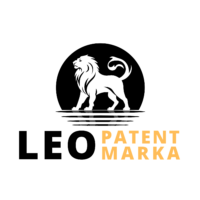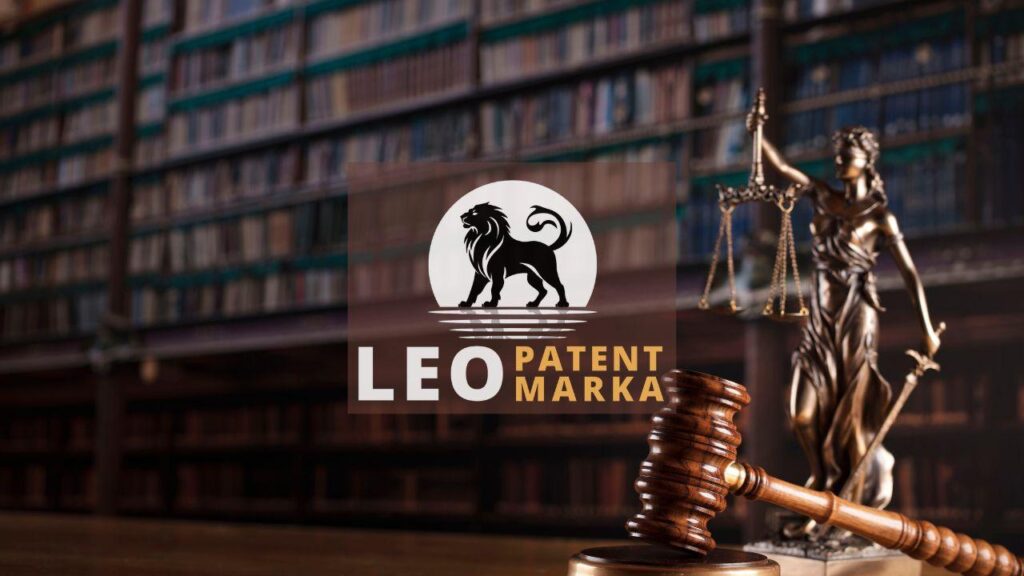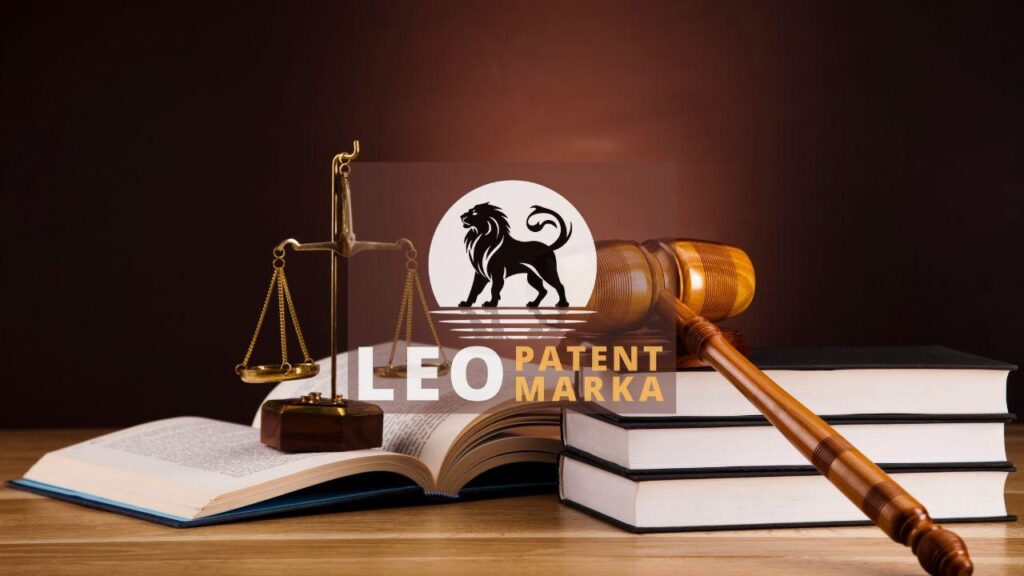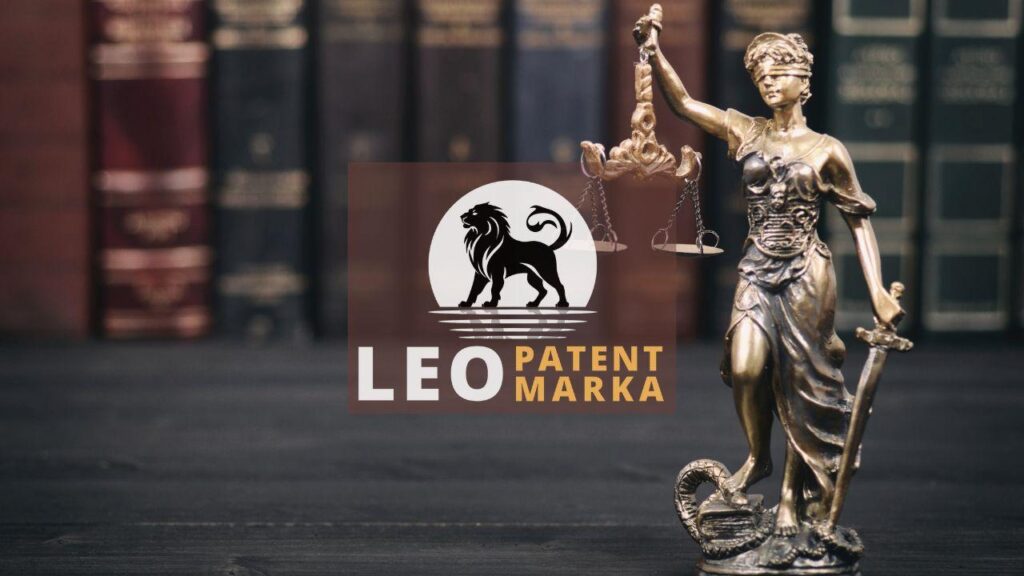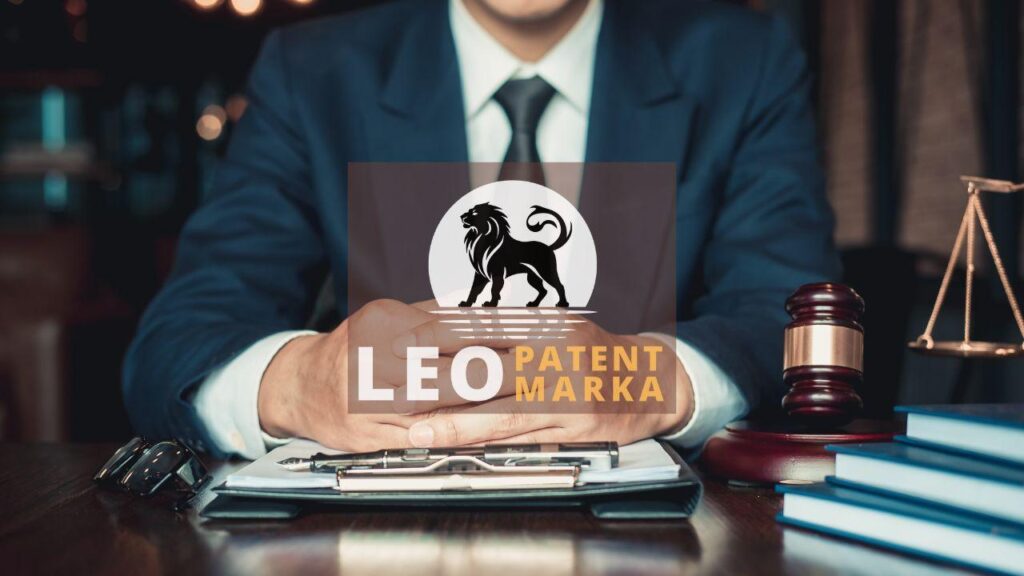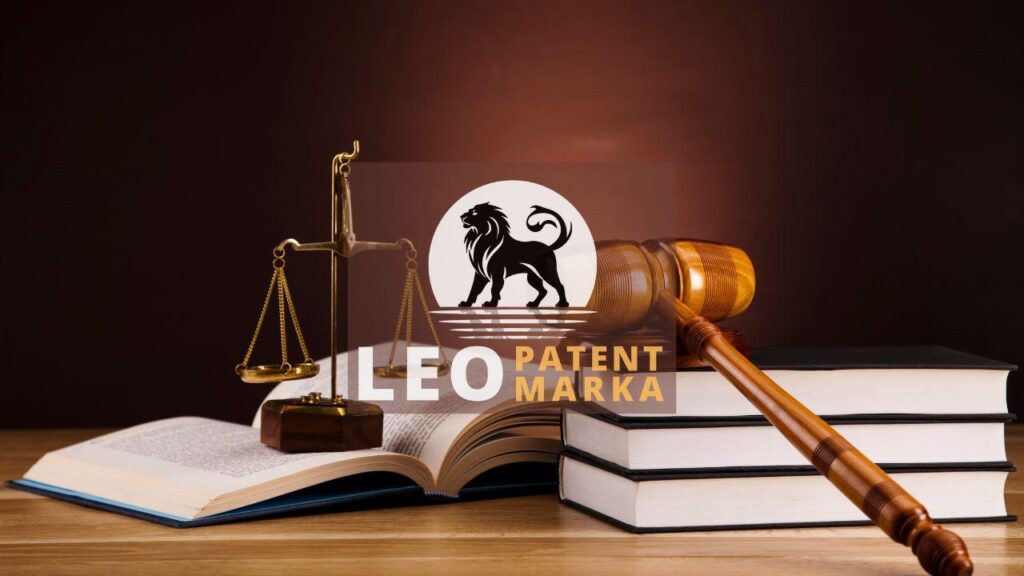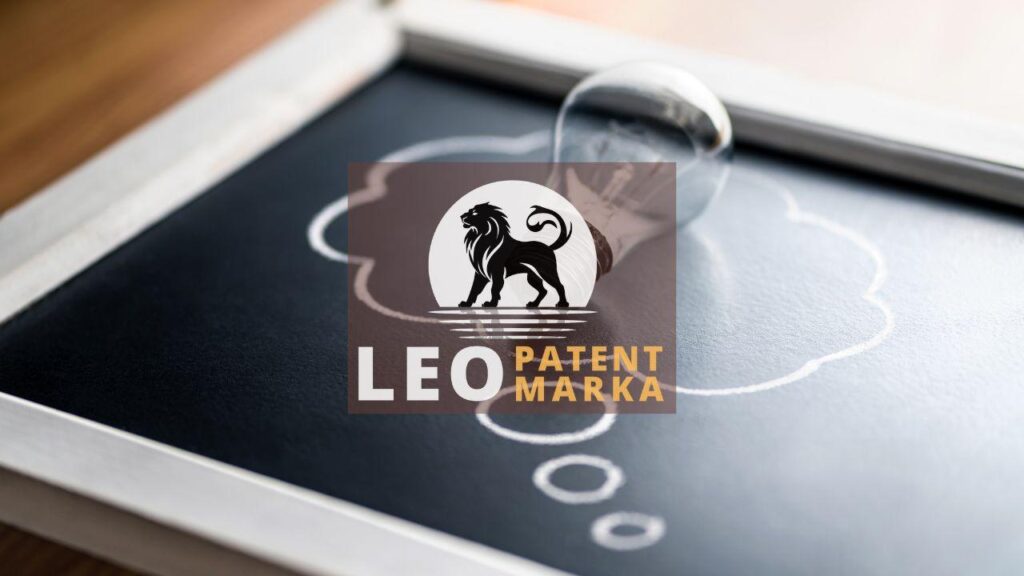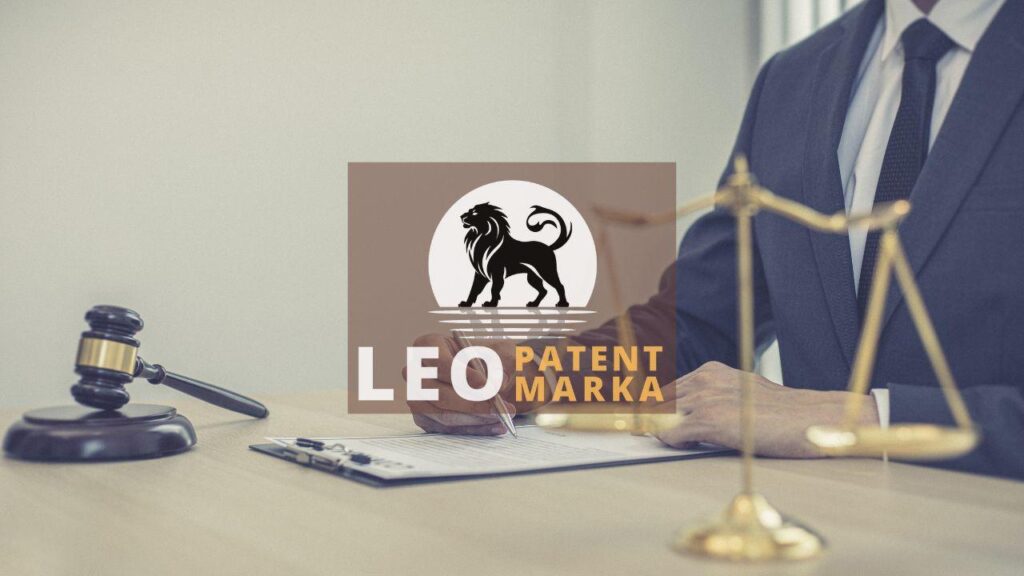Navigating the intricate landscape of design licensing management is essential for safeguarding the creative efforts and commercial investments of businesses and individuals alike. At Leo Patent, we understand the multifaceted nature of intellectual property rights in Turkey and are committed to providing comprehensive solutions to protect and optimize your design assets. Whether you are a designer seeking to monetize your creations, or a company looking to enhance its market presence through licensed designs, our expert team offers tailored consulting services to meet your needs. From negotiating favorable licensing agreements to ensuring compliance with Turkish legal standards, we stand by your side every step of the way. Discover the advantages of leveraging professional design licensing management with Leo Patent and secure your intellectual property with confidence.
Legal Framework of Design Licensing in Turkey
In Turkey, the legal framework governing design licensing is primarily underpinned by the Industrial Property Law No. 6769, enacted in January 2017. This comprehensive legislation outlines the protection mechanisms for industrial property rights, including designs, and harmonizes Turkish regulations with international standards. At the core of this legal structure is the registration process with the Turkish Patent and Trademark Office (TurkPatent), which grants exclusive design rights and provides a foundation for licensing agreements. Furthermore, compliance with the directives under this law ensures that your design rights are enforceable, thus enabling licensors to safeguard their interests and licensees to operate without the fear of infringement claims. By navigating this legal landscape adeptly with Leo Patent, you can ensure that your design licenses are robust, legally sound, and commercially advantageous.
One key aspect of the Turkish legal framework for design licensing involves the detailed stipulations concerning the scope and limitations of design rights. According to the Industrial Property Law No. 6769, design rights are restricted to the visible aspects of a product, which may include the lines, contours, colors, shape, and materials used. These rights are valid for a maximum of 25 years, subject to renewal every five years, thus offering long-term protection and multiple opportunities for commercial exploitation. However, to leverage these advantages, it is crucial for both licensors and licensees to meticulously draft their licensing agreements, clearly delineating the specific rights granted, duration of the license, and any geographical limitations. At Leo Patent, our expertise lies in ensuring that every nuance of these agreements adheres to the legal specifications, minimizing risks and optimizing the profitability of your design assets.
Effective management of design licenses also involves careful consideration of enforcement and dispute resolution mechanisms. Under the Industrial Property Law No. 6769, both administrative and judicial avenues are available to address any potential infringements or conflicts arising from design licenses. This includes civil lawsuits for infringement, as well as potential recourse through TurkPatent’s dispute resolution processes. Practical measures such as regular monitoring, implementing cease-and-desist orders, and seeking injunctive relief can be essential tools for licensors to protect their rights. At Leo Patent, we provide comprehensive support in these areas, from preventive strategies to robust legal action, ensuring that your design assets remain secure and that any disputes are resolved efficiently to mitigate disruption to your business operations.
Key Challenges in Managing Design Licenses
Managing design licenses in Turkey presents several key challenges that require diligent oversight and strategic planning. One of the primary issues is navigating the complexities of Turkish intellectual property law, which can be particularly nuanced and ever-changing. Companies and designers must ensure their licensing agreements are not only meticulously drafted but also in full compliance with local regulations to avoid potential disputes and infringements. Furthermore, monitoring the use of licensed designs to prevent unauthorized exploitation is a continuous process that demands vigilant enforcement mechanisms. Without expert guidance, these challenges can significantly impede the effective management and monetization of design assets.
Another significant challenge in managing design licenses is the risk of miscommunication or misunderstanding between licensors and licensees. Clear and precise communication is imperative to ensure that both parties are on the same page regarding the scope of rights, usage limitations, royalty structures, and duration of the license. Ambiguities in these areas can lead to conflicts and potential legal battles, which can be exhaustive and costly for both parties. To mitigate this risk, detailed and transparent licensing agreements, combined with ongoing dialogue and mutual cooperation, are essential. At Leo Patent, we emphasize the importance of crafting comprehensive and clear agreements to prevent such issues, ensuring that all terms are explicitly defined and understood by both entities involved.
In addition to legal complexities and communication challenges, another critical aspect of managing design licenses is the valuation and tracking of design assets. Accurately assessing the value of a design is essential for setting fair and beneficial licensing terms, yet this process can be inherently subjective and fluctuating based on market trends and the design’s uniqueness. Moreover, keeping track of licensed design usage and monitoring compliance with agreed terms necessitates robust record-keeping and audit systems. At Leo Patent, we provide our clients with the expertise and tools needed to establish precise valuation methods and effective tracking mechanisms, ensuring that their intellectual property is consistently and optimally managed. Leveraging our in-depth knowledge of the Turkish market, we help clients maintain the integrity and profitability of their design portfolios.
Strategies for Efficient Design Licensing and Protection
Effective design licensing and protection strategies begin with a thorough understanding of the legal landscape and potential risks in Turkey. At Leo Patent, we prioritize comprehensive audits of your design portfolio to identify unique elements that require safeguarding. This involves meticulous documentation and registration with the Turkish Patent and Trademark Office to establish clear ownership. Additionally, crafting robust licensing agreements with precise terms and conditions helps mitigate potential disputes and ensures that your rights are upheld. By proactively addressing these legal nuances, you can maximize the commercial benefits of your designs while minimizing vulnerabilities.
Once your design assets are firmly established and legally protected, strategic sublicensing can significantly amplify their market reach. At Leo Patent, we guide you through identifying potential sublicensees and crafting agreements that align with your commercial goals. This approach ensures that your designs are not only reaching a wider audience but also generating multiple streams of revenue. We also assist in monitoring the implementation and use of your designs by sublicensees to ensure compliance and uphold the integrity of your intellectual property. Through this vigilant management, we help you capitalize on every opportunity while maintaining full control over your design assets.
As your licensing strategy evolves, staying vigilant against infringement is crucial for maintaining the value and exclusivity of your designs. At Leo Patent, we deploy proactive monitoring systems and conduct regular audits to detect any unauthorized use or breaches of your agreements. We assist you in swiftly and effectively enforcing your rights through negotiation or, if necessary, legal action in accordance with Turkish regulations. Moreover, our expertise extends to advising on renewals and extensions of licensing agreements to ensure the longevity of your design’s market presence. By maintaining a dynamic and flexible approach, we empower you to adapt to changing market conditions and continue to safeguard your intellectual property assets.
Disclaimer: This article is for general information purposes only and it is recommended that you consult experts and companies in that field to evaluate your specific situation. We are not responsible for any damage that may arise from the use of the information in this article.
